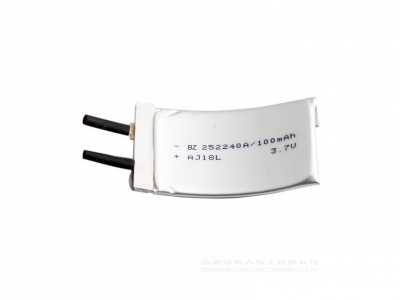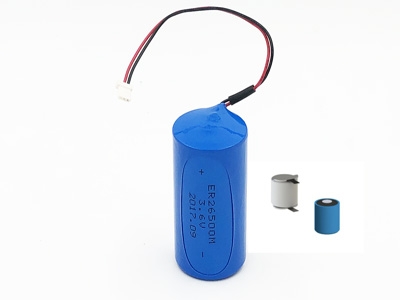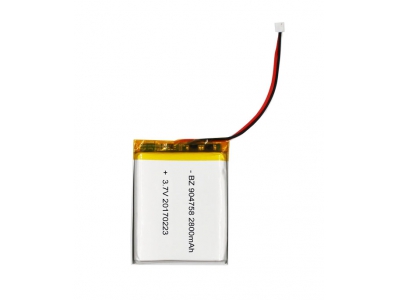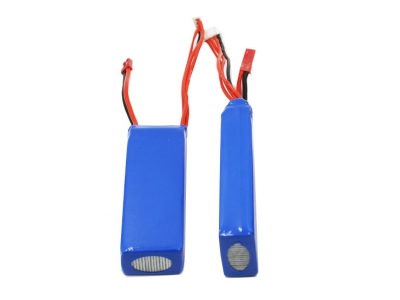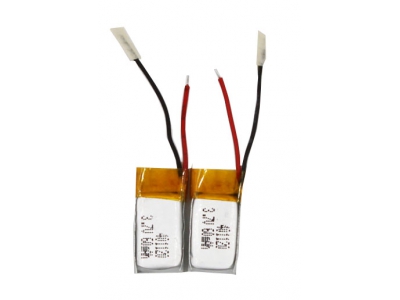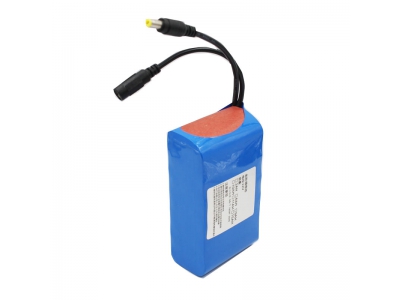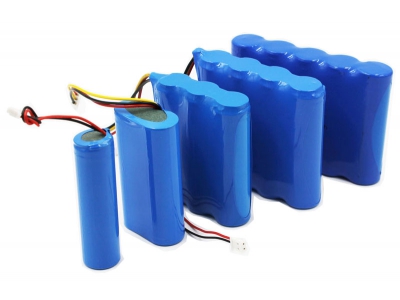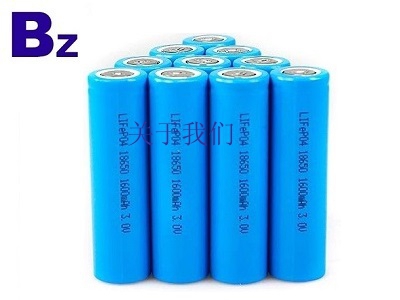The New Challenger To Lithium-ion Batteries
With the EV market about to explode and the European Union planning a battery-making consortium to bring the continent onto the global EV battery scene, Stanford researchers released a paper claiming their sodium battery could compete with the lithium-ion market leader.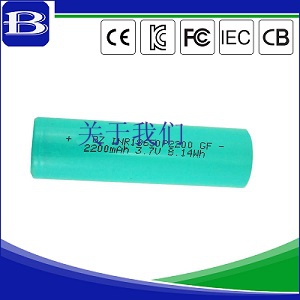
New battery development has been fairly slow against the backdrop of the projected electric car market size, and so far no innovation has proved to be as economical as lithium-ion. The Stanford battery uses sodium—a cheaper, more abundant material than lithium—and is still in the development stages.
Sodium makes up the Stanford battery’s cathode, and the anode is made from phosphorus, with the addition of a compound called myo-inositol, which can be derived from rice bran or corn. According to the researchers, this chemical combination yields efficiency rates comparable to that of lithium-ion batteries at a lower cost—a much lower cost.
But there’s always a but. First, even the leader of the Stanford team, Zhenan Bao, says that in terms of performance, lithium-ion batteries may never be beaten. While the sodium battery is cheaper right now, its creators have yet to figure out how to keep it cheaper as they try to match lithium-ion batteries’ storage capacity.
The main advantage of the sodium battery lies in the fact that sodium is much more abundant than lithium, and that it costs just $150 per ton versus $15,000 for lithium. This, along with the performance optimization efforts of the researchers, has turned their battery into a cost-effective alternative to lithium-ion batteries.
But that might not be enough to ensure takeoff for the sodium battery, although the drive to find alternatives to the lithium-ion concoction are bound to continue as the world prepares for a fossil fuel-free future.
For now, it looks like lithium-ion batteries continue to be the undisputed leader of the battery pack, and perhaps may continue to be so for many years to come—and it’s not just thanks to their performance. It’s also because the costs of lithium-ion batteries are falling and, more importantly, a lot of money is being poured into lithium mining and battery factories.
At the start of this month, the Vice President of the European Commission said the EU will host a summit for executives from the automaking, engineering, and chemical industries to discuss how Europe can join the battery boom and become a competitor of Asian and U.S. manufacturers. Right now, Europe has almost no battery cell production capabilities—cells are mostly imported from Asia. Yet European carmakers will need battery cell capabilities if they are to keep their word about expanding into EVs.
Volkswagen is among the most ambitious newcomers in the EV space. The carmaker plans to have a lineup of 23 VW-brand electric cars by 2025, and 50 EVs across its 12 brands. To be able to meet these targets, VW will need four battery gigafactories, for which it will seek help from local and international partners.
Bosch, another German company and the world’s top car supplier, could be one of these partners as the company is considering a hefty investment in battery cell production. An investment of several billion euros is not a decision a business makes without considering the long-term return prospects, so any such investment will serve to strengthen lithium-ion batteries’ hold on the market.
And yet there’s hope for alternatives, as long as they prove themselves a worthy alternative. The chief executive of Daimler—the carmaker that cancelled its battery cell production operations a couple of years ago—believes that if there’s a breakthrough in battery technology, there will be interested parties. "If a breakthrough succeeds in our house or somewhere else ... it may be that there is a new game where we have chances to build a competitive position," Dieter Zetsche said.
So, carmakers without a strong position in battery manufacturing are keeping an eye out for new battery tech. This should certainly motivate more research into lithium-ion alternatives and probably also encourage further cost reductions for the dominant technology.






